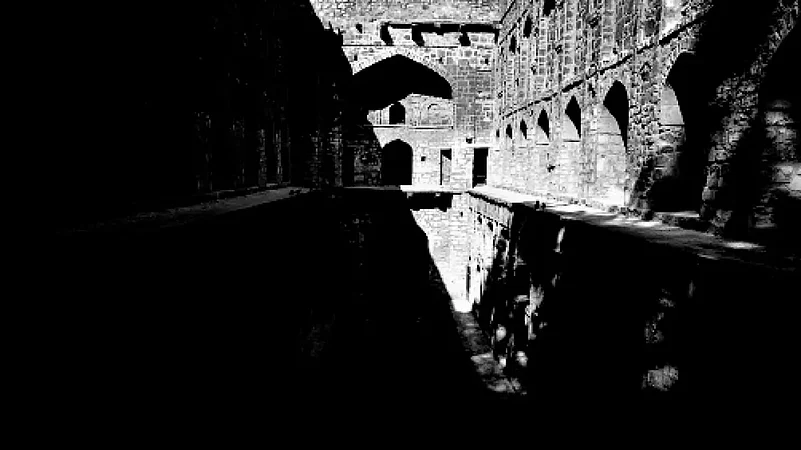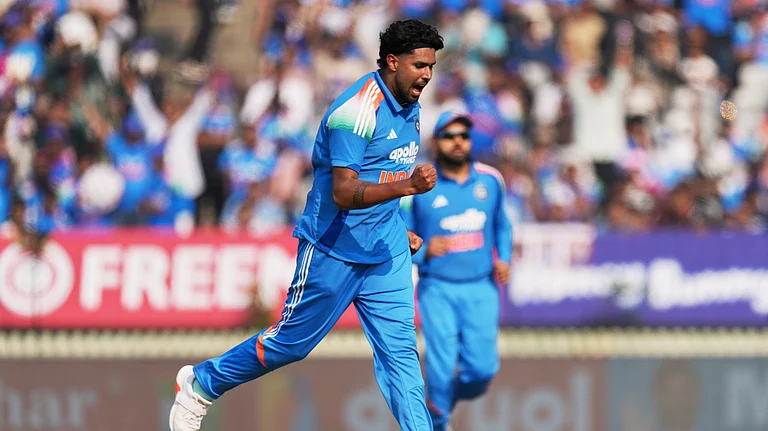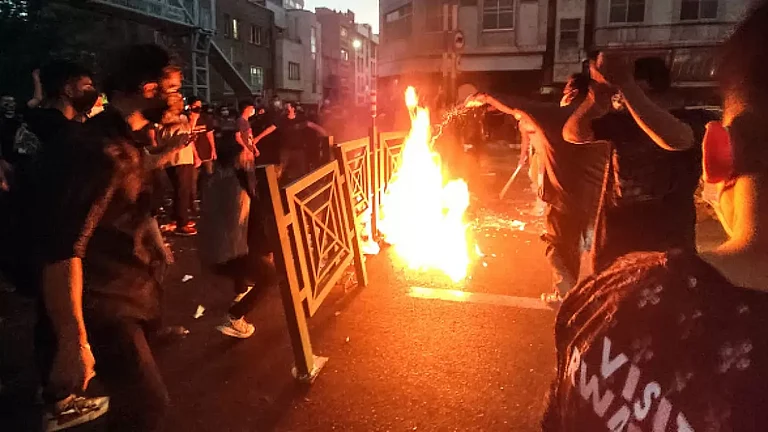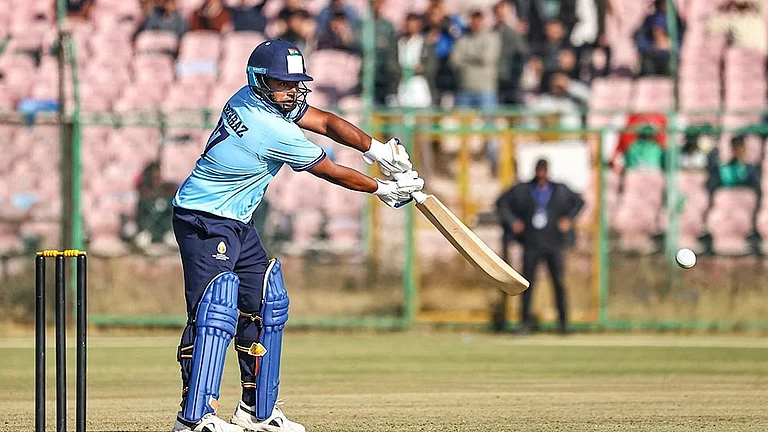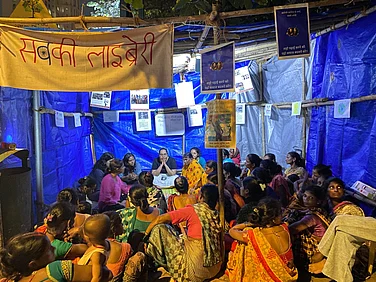Delhi is a city of cities, a city of villages where the city entered, and a city of stories — some older than the city itself. In The Haunting of Delhi City: Tales of the Supernatural, Jatin Bhasin and Suparna Chawla Bhasin explore the world of Delhi’s djinns and ghosts, the urban legends, and tales that don't fade with time.
The Bhasins’ Delhi is one where there are food enthusiasts, where everyone finds a home no matter how poor or how far away they are from, and where an ancient city is coming to terms with modernity — the city we know. But their Delhi is also one where spirits older than humans dwell and cults shrouded in myths punish people. In nine short stories, the Bhasins walk us through Delhi’s familiar places —Connaught Place, Lutyens Delhi, Old Delhi eateries— but they also take us through the shadowy world of these places, the world of spirits who could not cross over to the other side and a past that always catches up.
In Mehrauli, known to most for its archaeological sites, the Bhasins tell the story of an apartment complex that cannot shake off its past. In Old Delhi, an excavation next door to a hospital takes you on a trail that goes back centuries. Near Connaught Place, you are shown Agrasen ki Baoli the way you have never seen before.
The stories are told through several characters, like features writer Rishabh, food blogger Diya, Delhi's homeless Bhola and Kishan, and entrepreneur Divya, but the central character is Delhi itself. Like in Sujoy Ghosh’s Kahaani where the story cannot be set in any city other than Kolkata, Neeraj Ghaywan’s Masaan where the story is as much of Benaras as it’s of the two lead characters, or in Subhash Kapoor’s Jolly LLB where Advocate Jolly Tyagi can only be from Meerut, the Bhasins’ book at its core is a story of Delhi and its many personalities.
Though it’s a collection of supernatural stories, The Haunting of Delhi is also a reflection on the evolution of the city — whether intentional or unintentional. When a father living with his daughter in an Old Delhi’s dilapidated house tells his daughter that they once ‘owned’ the place where the President of India now lives, we see the pangs and generational trauma of eviction and displacement. When the homeless at Connaught Place go missing one after the other, we see how no one cares for this class other than perhaps their fellow homeless.
In The Haunting of Delhi City, when the Delhi’s youth finds it hard to seek answers for the strange things around them, we see it’s the old pradhans of Delhi villages or the old neighbours who come to the rescue — the old-timers who have seen bygone eras. One wonders who will tell a clueless tenant about a haunted house or an official why a particular tree in Dwarka or Hauz Khas is never to be razed once these old-timers are no more.
For those who once lived in Delhi, The Haunting of Delhi City is nostalgia dabbed in the supernatural. For Dilliwalas, it could very well be the story of their lives. Unlike supernatural stories set in remote villages, forested cabins, or palatial houses like in Ramsay Brothers’ films, the Bhasins’ stories are set in the Gaffar Market, Connaught Place, and even the Delhi Metro. Their template is simple and effective — they pick a place that resonates with people, walk them through it to build familiarity, and plunge them into the world of spirits and djinns.
The stories are fast-paced and the book is a page-turner but it ends too soon. With just nine stories, the reader is left to feel wanting more at the end. The length of the book can very well put off some. Then there are issues with the editing at some places, which one would not frown at if it would have been an indie publisher but would not certainly expect from HarperCollins.
One key omission is a preface or an authors’ note. It’s not 19th century Europe where writers remain behind the curtains. It’s also not the era where it’s only the story that matters, not the author. Now readers want to know the authors and their stories too, what drives them to write such stories, and how they see the world. An authors’ note would have been a great addition to the book as it would have taken the readers closer to the stories.
In writing The Haunting of Delhi City, the Bhasins have made a valuable contribution to multiple genres — the supernatural as well as city chronicles. The reviewer hopes that more authors and publishers take up such ideas. From the hills of Uttarakhand and Himachal Pradesh to the villages of Uttar Pradesh, the supernatural is often an essential part of lore as well as family and community histories. The Haunting of Delhi City can very well start a tradition of such refreshing supernatural tales — doing away with the Veerana and Purana Mandir that have dominated the Indian supernatural scene.
(The Haunting of Delhi City: Tales of the Supernatural by Jatin Bhasin and Suparna Chawla Bhasin was published in December 2022 by HarperCollins.)






